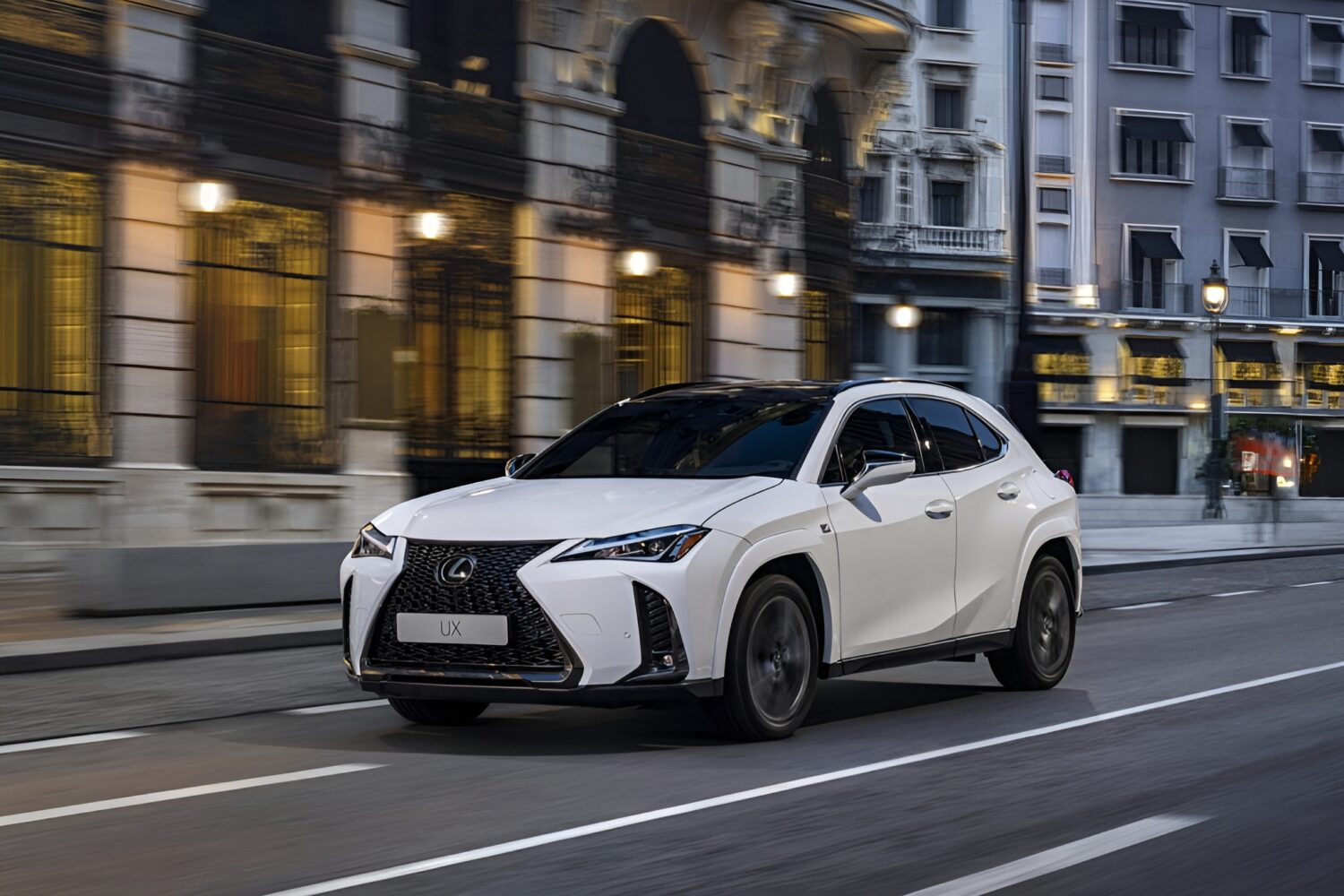
Price: $36,490 - $43,920
8.1 /10
Rating
Pros
- Excellent hybrid fuel efficiency
- Premium, tech-enhanced cabin
- Agile urban handling dynamics
Cons
- Higher price vs rivals
- Unrefined engine under load
- Cramped rear seating/cargo
Overview: 2024 Lexus UX 250h
Now in its fifth year, this compact hybrid blends the brand’s dependable luxury sensibilities with Prius-like efficiency, though its spirited 196-hp series-parallel powertrain feels more caviar than commuter special. The Premium trim-level sharpens the 2018-era formula with technology updates—wireless Apple CarPlay, smarter safety assists—while retaining its urban agility. Sliding behind the wheel, I appreciated how the small footprint masks surprising dynamic vigour; the front-wheel-drive setup delivers tidy cornering, though acceleration leans pragmatic. Compared to the UX300h (or the roomier 2024 Lexus NX 350h), it’s a fuel-efficient effort for refined buyers prioritizing price and size. The cabin surrounds you with quiet luxury, but rival hybrid models like the 2024 Lexus RX 450h+ cater to those craving more benefits beyond city bounds.
What's New in the 2024 Lexus UX 250h?
Stepping inside, the hybrid’s evolution shines: a vivid 12.3-inch touchscreen dominates the updated dash, blending touch gestures with physical buttons for the climate-control system (now with heating/cooling presets). Outside, 18-inch alloy wheels sport glossy caps and contrast-painted roof rails, while updated badging marks the entry-level variant’s shift to hybrid power—farewell, UX200. The steering wheel feels livelier, paired with a wireless console that supports Apple/Android and a remote display for the rearview mirror. My first drive highlighted agile handling even in front-wheel-drive, though all-wheel-drive remains an option. Quibbles? The F Sport’s side bolsters hug tightly, but those sharp graphics on the screen and the run-flat tire replacement’s subtle road hum? Worth the trade for style.
Pricing, Trim Levels, and Best Choice
Navigating the brackets, the Premium-trim starts at $41,645 (a $5,795 jump over the 2023 base model), while my test product—retailing at $47,440—justifies its cost with body-hugging seats and upgraded tech. Stepping into the front-drive version, I realize the brand’s efforts to balance luxury and size; though space feels limited compared to the larger NX, it’s a better fit for today’s urban niche. Skip the F-Sport unless you crave driving vigour—the Premium remains the selling point, compromising nothing essential. This version overlaps practicality with huge premium appeal for buyers who’ve spent years in previous hybrid cars, even if some effort difference feels missing.
Powertrain, Transmission, and Driving Dynamics
Unleashing the hybrid powertrain, the 2.0-litre petrol four-cylinder pairs with a zippy electric motor (135kW combined) and a nickel-metal hydride battery, channelling 188 Nm of torque through an e-CVT that’s surprisingly responsive. Behind the wheel, the front-wheel setup feels nimble on city roadways—throttle response is eager, steering light yet precise, and the TNGA platform keeps it planted during cornering. Even under hard acceleration, the noise stays muted, though the modest system prioritizes compliance over sporty transitions. The 18-inch wheels and compliant suspension soak up bumps while braking remains fade-free, blending EV mode serenity with driver-focused dynamics.
Fuel Efficiency and Driving Range
Glide into the hybrid’s sweet spot: its powertrain sips petrol at 43 mpg city / 41 mpg highway (5.5 / 5.7 L/100km EPA) for front-wheel drive or 41 mpg city / 38 mpg highway (5.7 / 6.2 L/100km) with all-wheel drive. The 10.6-gallon (40-litre) fuel tank unlocks a real-world range of up to 445 miles (715 km) for FWD and 414 miles (666 km) for AWD—ideal for urban commutes or weekend escapes. During my week-long drive, the FWD setup averaged 39 mpg (6.0 L/100km) combined, and the AWD nudging consumption was slightly higher. Compared to the Volvo XC40 B5’s 27 mpg (8.7 L/100km), it’s a noticeable gain; even spirited 75-mph (120 km/h) bursts barely dented efficiency. Refuel with regular 87-octane gasoline (91 RON), relish the improvement over previous models, and forget range anxiety—this economy figure feels realized, not just claimed.
Premium Interior and Comfort
Settle into the cabin, and the premium ambience immediately impresses: NuLuxe upholstery cloaks seats with thigh adjustment, while soft plastics and padded surfaces wrap the dashboard and door armrests. Compared to Audi or Mercedes, the materials feel warmer, though synthetic-leather upholstery on the centre console (a nod to Toyota hybrids’ practicality) lacks the richness of imitation cowhide. The tilt-adjustable steering wheel and slide-friendly driver’s seat spared my knees from the shift lever—unlike the RX’s tighter wheelbase. During my drive, the heated steering wheel and climate-control system (with cooling!) delighted me, while the sunroof drowned out wind noise on the freeway. Quirks? The rear door opening feels tighter than Volvo’s, but passengers adored the second row’s spongy material underfoot. Lexus’ 2024 updates, like physical buttons, prove luxury car pragmatism isn’t dead.
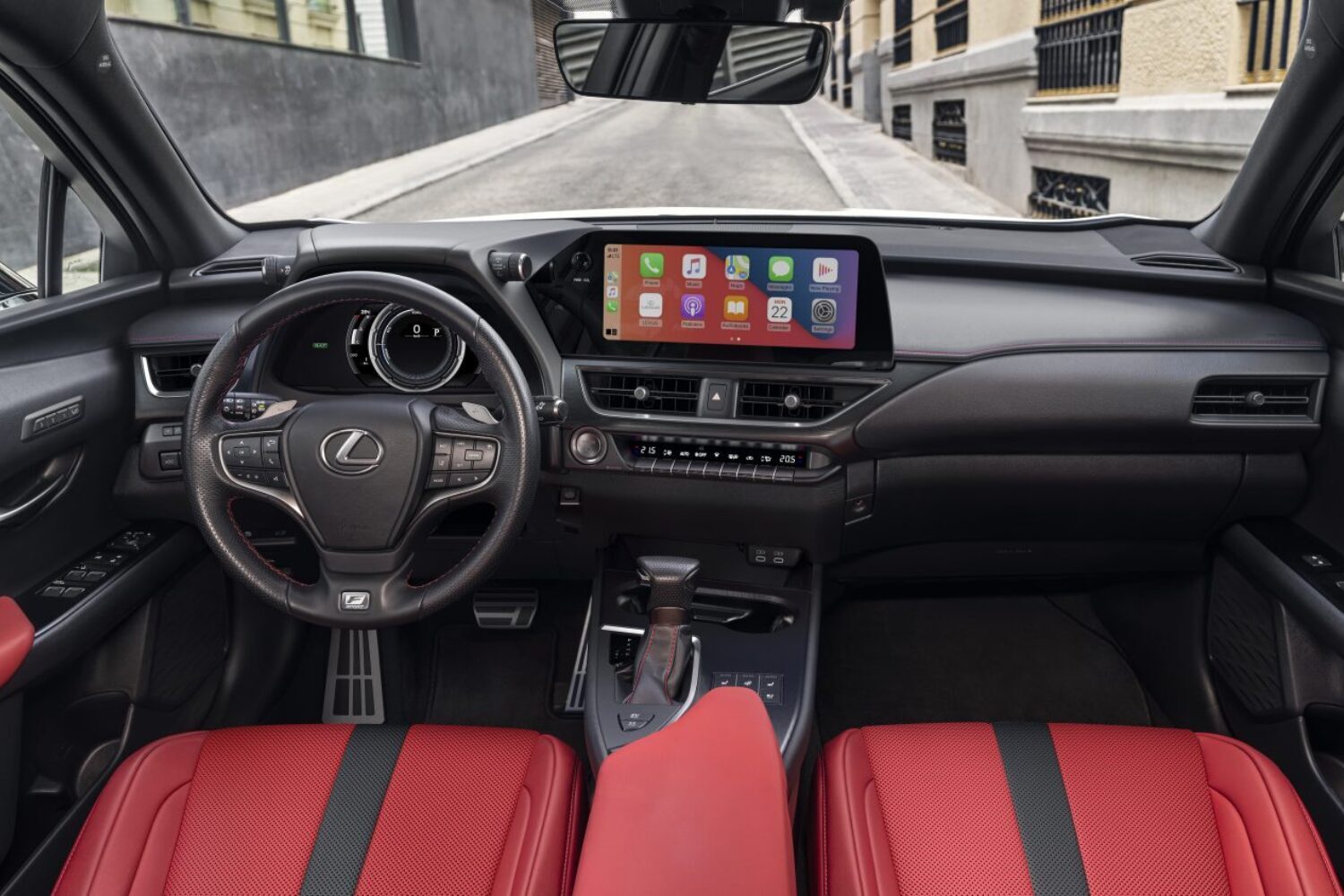
Cargo Space and Practicality
Navigating the 368-litre cargo hold, I quickly noticed the high load floor and shallow depth—it’ll swallow carry-on cases or a weekend backpack, but bulkier items bump against the sloping rear end. The 103.9-inch wheelbase frees up real estate for front seats, though the snug-fit back seat leaves friends wishing for more leg room. A powered boot with hands-free functionality adds polish, while the tyre repair kit (no spare wheel) saves space—practical, yes, but don’t expect RAV4-like versatility. Compared to the GLA or XC40, its small cargo hold prioritizes overabundant cubic volume, though the cozy cabin stays comfortable for half-hour errands.
Infotainment, Connectivity, and Smart Tech
Step inside, and the 12.3-inch touchscreen immediately commands attention—replacing the awkward mousepad with crisp, high-resolution graphics and snappily processing. Wireless Apple CarPlay and Android Auto now come standard, while two USB-C ports keep devices charged. The volume knob remains noteworthy, but Lexus still omits a wireless charger, prioritizing form over fancy add-ons. During my drive, navigation via Google Maps loaded quickly, though the interface occasionally felt more evolved than intuitive. For system simplicity, it’s a heap better than previous iterations, even if content organization leans stark.
Safety and Driving Support
Navigating tight urban grids, the Lexus proves its urban warrior credentials: adaptive cruise control maintains a safe distance, smoothly slowing to a halt even from 174 feet. At the same time, lane-keep assist and blind-spot monitoring deftly handle two-lane merges. Its small footprint and manoeuvrability shine in corners, though rearward visibility demands relying on the crisp surround-view camera and reversing camera—boons for parking. On the skidpad, the 0.81 g grip impresses, but the brake fade grows pronounced during repeated panic stops. It’s a fine system overall, though the closest setting for distance control feels overly cautious.
Key features:
✅ Adaptive cruise handles panic stops smoothly at 70 mph.
✅ Blind-spot monitoring excels in tight corners and merges.
✅ Surround-view camera (top variants) simplifies urban parking.
Lexus's Warranty and Maintenance Plan
Lexus includes a four-year/50,000-mile limited warranty, competitive against rivals, while its six-year/70,000-mile powertrain warranty covers heartier repairs. The hybrid component warranty provides ten years/150,000 miles of coverage—better than most. Complimentary scheduled maintenance lasts just one year, a short period compared to luxury peers.
Key features:
✅ Powertrain warranty spans six years or 70,000 miles.
✅ Hybrid components enjoy ten years or 150,000 miles.
✅ Complimentary maintenance covers one year or 10,000 miles.
2021 Lexus NX 300 models
Diving into the range, the 2024 updates refine an already sharp luxury formula: base, Premium, and F Sport trims share a 2.0-liter four-cylinder hybrid powertrain (with electric motors) rated at 181 horsepower, sending power via Front-wheel-drive or optional all-wheel-drive. The F Sport leans into sportiness with a retuned rear axle and aggressive Design cues, while the Premium focuses on plush comfort—think heated seats over Handling chops. Behind the wheel, the small SUV’s drivetrains feel zippy in urban sprints, though the all-wheel-drive models dig deeper into their motor’s reserves for grippy corner exits. Lexus keeps it simple—no third trim clutter—letting each model carve its niche without fuss.
| Trim Level | Features |
|---|---|
| Base |
Advanced Driver Aids:
|
| Premium |
|
| F Sport Design |
|
| F Sport Handling |
|
| Available Options |
|
Gallery:
Images sourced from Lexus Newsroom.


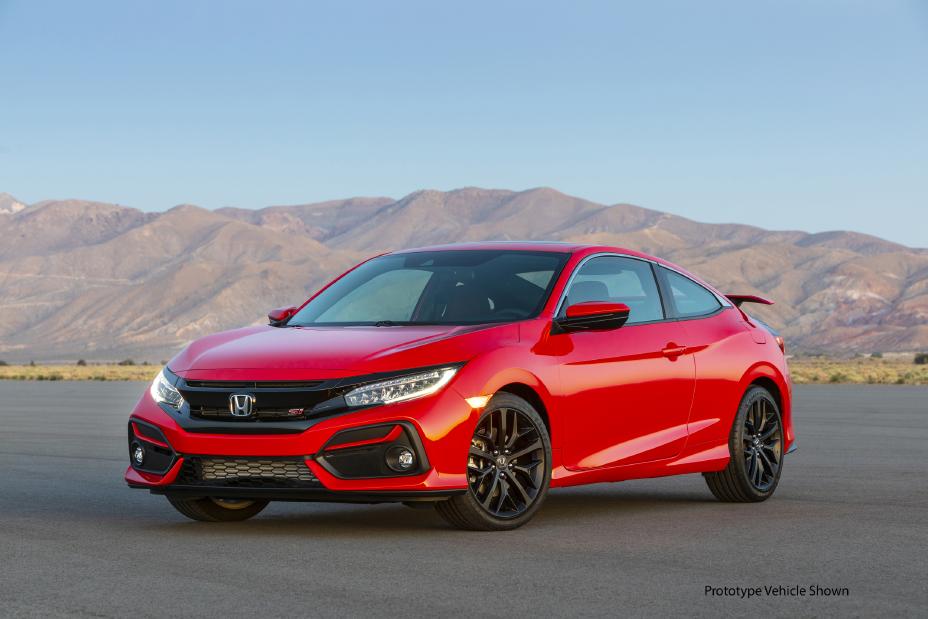
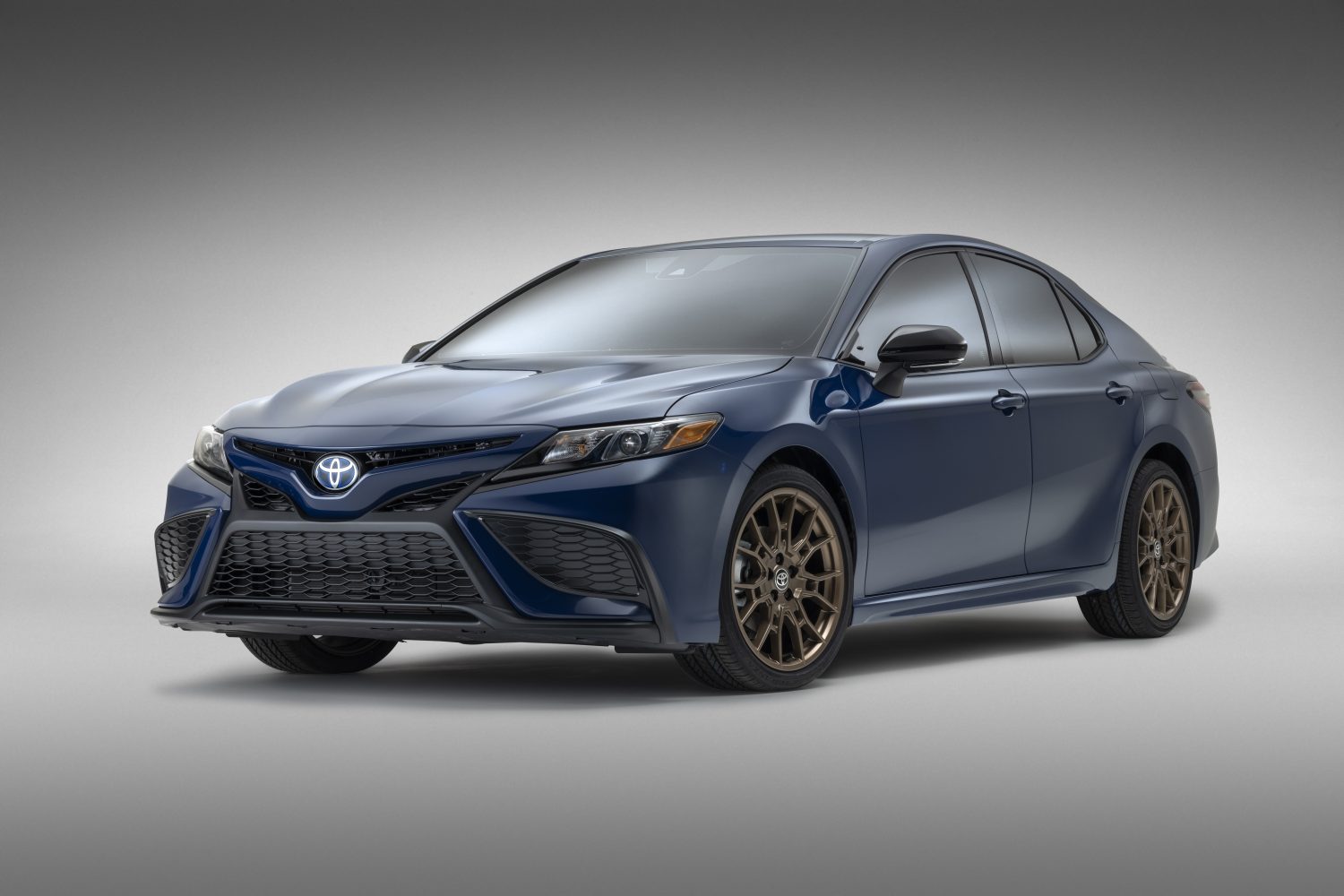
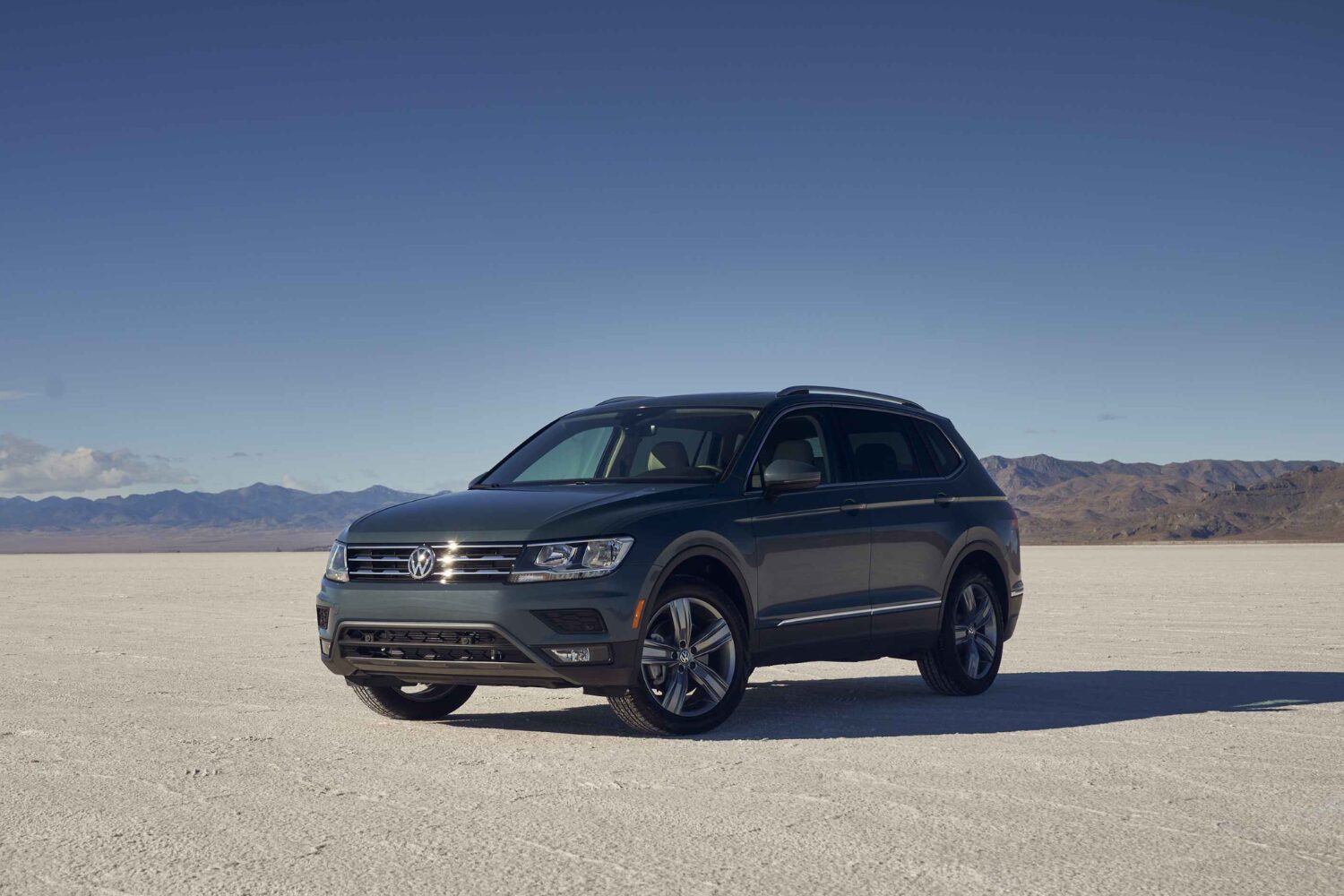

This Post Has One Comment
Pingback: 2024 Lexus RX 450h+ Review: Luxury Plug-In Hybrid Tested